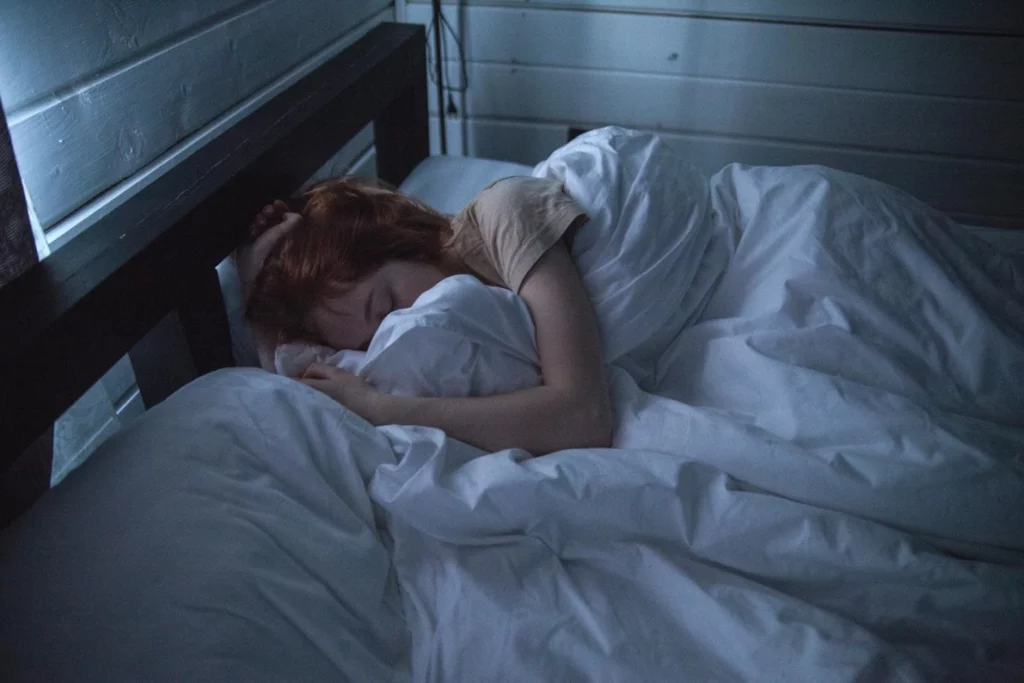9 of Spades - Limit Activity on Bed

Whether it’s having a scroll on your phone, watching TV or listening to music, this week try limiting your bed to sleeping and intimate times. Bringing distractions into bed trains your brain to accept these activities as the norm, devaluing your sleeping time and opening the door for others, reducing the quality and quantity of your actual sleep.
Give it a go, it might be the 1% tip which shakes things up in more than the obvious!

Try to limit the use of the bed for only sleep and intimate times. A comfortable bed may be enticing to spend relaxation time on during the day. However, leisure activities in bed may lead to trouble falling asleep at bedtime. Also, disconnect electronic devices an hour before you head to bed. The use of tablets, smartphones, and laptops can make it hard to wind down for sleep since they stimulate the brain (Suni and Singh 2023).
According to a consensus panel statement by Watson et al. 2015, adults should sleep seven or more hours per night on a regular basis to encourage peak health. The consensus panel also states sleeping less than seven hours per night on a regular basis is associated with adverse health outcomes, including weight gain & obesity, diabetes, hypertension, heart disease and stroke, depression, impaired immune function, and impaired daily performance.
When it comes down to limiting activity in bed to sleep and intimacy, the primary aim is to foster a strong mental association between your bed and sleep, so it acts as a prompt for one’s body to enter sleep mode (Suni and Singh 2023).
Additionally, the light from electronic devices can suppress your natural production of melatonin (Suni and Singh 2023). The purpose of a study by Lastella et al. 2020, was to investigate the impact that portable electronic device use in bed after lights out has on sleep vs. wake behaviour within an adult population. The study found sleep characteristics were significantly different in device users compared to non-device users. The regularity of device use was associated with later sleep times, and length of device use was associated with both a shorter sleep duration and a decreased sleep quality. Regular electronic device use in bed was found to lessen sleep duration and sleep quality in adults (Lastella et al., 2020).
Small changes CAN make a big difference – that’s what The 1% Club is all about.
Consensus Conference Panel, Watson, N. F., Badr, M. S., Belenky, G., Bliwise, D. L., Buxton, O. M., … and Tasali, E. (2015). Recommended amount of sleep for a healthy adult: a joint consensus statement of the American Academy of Sleep Medicine and Sleep Research Society. Journal of Clinical Sleep Medicine, 11(6), 591-592.
Lastella, M., Rigney, G., Browne, M., & Sargent, C. (2020). Electronic device use in bed reduces sleep duration and quality in adults. Sleep and Biological Rhythms, 18, 121-129.
Suni, E. and Singh, A. (2023, December 8). 20 tips for how to sleep better. Sleep Foundation. https://www.sleepfoundation.org/sleep-hygiene/healthy-sleep-tips


 See Other Cards!
See Other Cards!